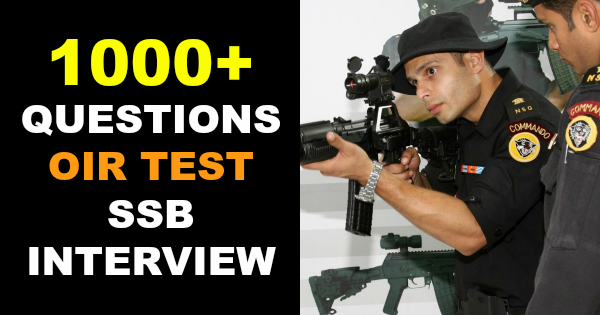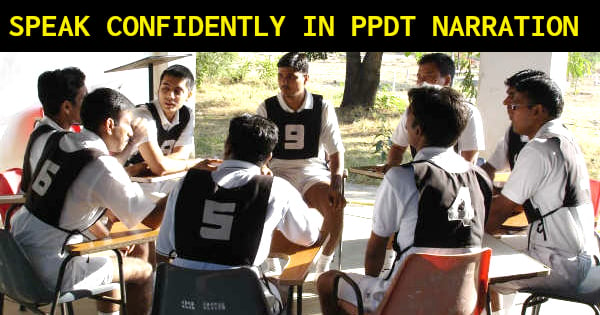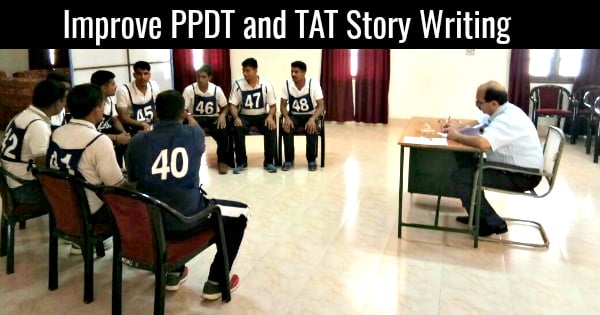Writing effective stories for the Thematic Apperception Test (TAT) and Picture Perception and Description Test (PPDT) is vital for candidates aiming for success in Services Selection Board (SSB) evaluations. Many candidates present what they think are strong narratives but still face rejection, highlighting the importance of understanding the psychological frameworks underlying these tests to enhance their selection chances.
Understanding TAT and PPDT
The Thematic Apperception Test is designed not to measure facts but to evaluate opinions, emotions, values, and attitudes. When constructing a story around a presented image, you offer a glimpse into your personality through your responses. Assessors focus on several aspects:
- The emotional tones and combinations you weave into your narrative
- The elements of the story you choose to emphasize
- The demonstration of positive values, emotions, and attitudes
- Your depiction of helping behaviors, sacrifice, and loyalty
- Your ability to navigate challenges effectively
TAT fundamentally hinges on perception—how you organize and interpret sensory information to derive meaning. The PPDT adheres to similar tenets but specifically tests your immediate perception and storytelling skills.
Essential Elements of Effective TAT and PPDT Stories
The Hero Element
The protagonist, or "hero," of your story is crucial. This character acts as an extension of yourself. The hero should:
- Align with your demographic profile (age, gender)
- Share traits similar to yours
- Reflect your ideal response in challenging scenarios
- Exhibit achievements that mirror your own potential
Assessors interpret the hero’s accomplishments as reflections of your capabilities and character, making this alignment essential.
Story Structure
A well-crafted story should embrace the following components:
- A clear protagonist who confronts obstacles
- Meaningful challenges that test the hero’s character
- Elements of risk-taking and courage in overcoming these challenges
- Temporary setbacks that facilitate growth (optional)
- Ultimate success through perseverance and admirable qualities
Psychological Elements to Demonstrate
Successful narratives typically illustrate various psychological attributes:
- Challenge-taking ability: The hero voluntarily tackles difficult situations.
- Sense of responsibility: The character goes beyond mere duties.
- Risk-taking capacity: The story may involve making tough decisions with uncertain outcomes.
- Planning and organizational skills: The hero employs systematic approaches to problem-solving.
- Competitive spirit: A healthy drive for excellence is portrayed.
- Leadership by example: The character inspires others through actions.
- Motivation and inspiration: The character positively influences those around them.
Sample Story Analysis
Consider a sample narrative derived from a PPDT/TAT exercise featuring an image of a young man pointing at another person running during an evening or night setting.
Description: The picture presents a young man who is pointing at another person running, framed in an evening atmosphere.
Story: Due to a lack of youth representation in a recent Army recruitment drive, Suresh Kolte, a sports coach, began training young individuals from Satana village in Maharashtra. Starting in February 2008, he began with one student, which quickly grew to five. He created a rigorous schedule that allocated morning and evening hours for physical training while dedicating other times for written preparation. By March, the program turned competitive, with Suresh pointing out the top performers to inspire others in both physical and written goals. In April, four of the five boys were successfully recruited by the Army at Southern Command, Pune. Motivated by these results, more youngsters began joining the training center for the next batch.
In this story, key psychological elements are evident:
- Challenge-taking: Suresh addresses the youth’s low representation in recruitment.
- Responsibility: He develops a structured training initiative for the community.
- Planning ability: The scheduling reflects his organizational skills.
- Competitive spirit: Creating a competitive atmosphere drives improvement.
- Leadership: Achieving significant results that inspire others.
Interpretation
The hero’s proactive approach to a community challenge exemplifies his challenge-taking ability. By stepping beyond his basic duties, Suresh displays a profound sense of responsibility. His structured training schedules and punctuality highlight significant planning capabilities. By fostering competition, he motivates his students, showcasing his leadership skills and ability to positively influence others.
Practical Tips for Writing Effective Stories
- Go beyond the obvious: Look deeper than the surface elements presented in the image.
- Use your imagination constructively: Design meaningful narratives rather than mere descriptions.
- Maintain positive outcomes: Strive for optimistic conclusions, even when including setbacks.
- Demonstrate Officer-Like Qualities (OLQs): Highlight traits like courage, determination, and leadership.
- Balance emotion with practicality: Exhibit both human sensitivity and practical problem-solving.
- Create coherent narratives: Ensure your story unfolds logically with a clear resolution.
- Practice with sample images: Strengthen storytelling skills in preparation for the tests.
These evaluations gauge not only creativity but also inherently reveal your personality traits and leadership potential. The stories you concoct illuminate your approach to challenges and solutions, providing valuable insights into your suitability for officer roles.
By absorbing these principles and practicing consistently, you can craft narratives that genuinely reflect the qualities evaluators seek, substantially enhancing your chances of success in SSB screenings.
















